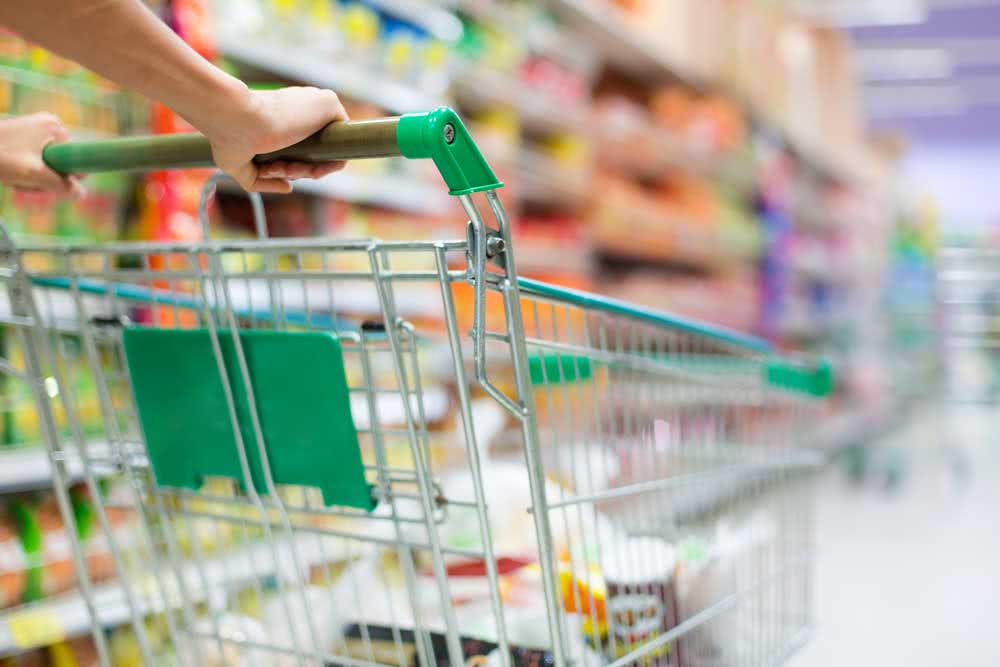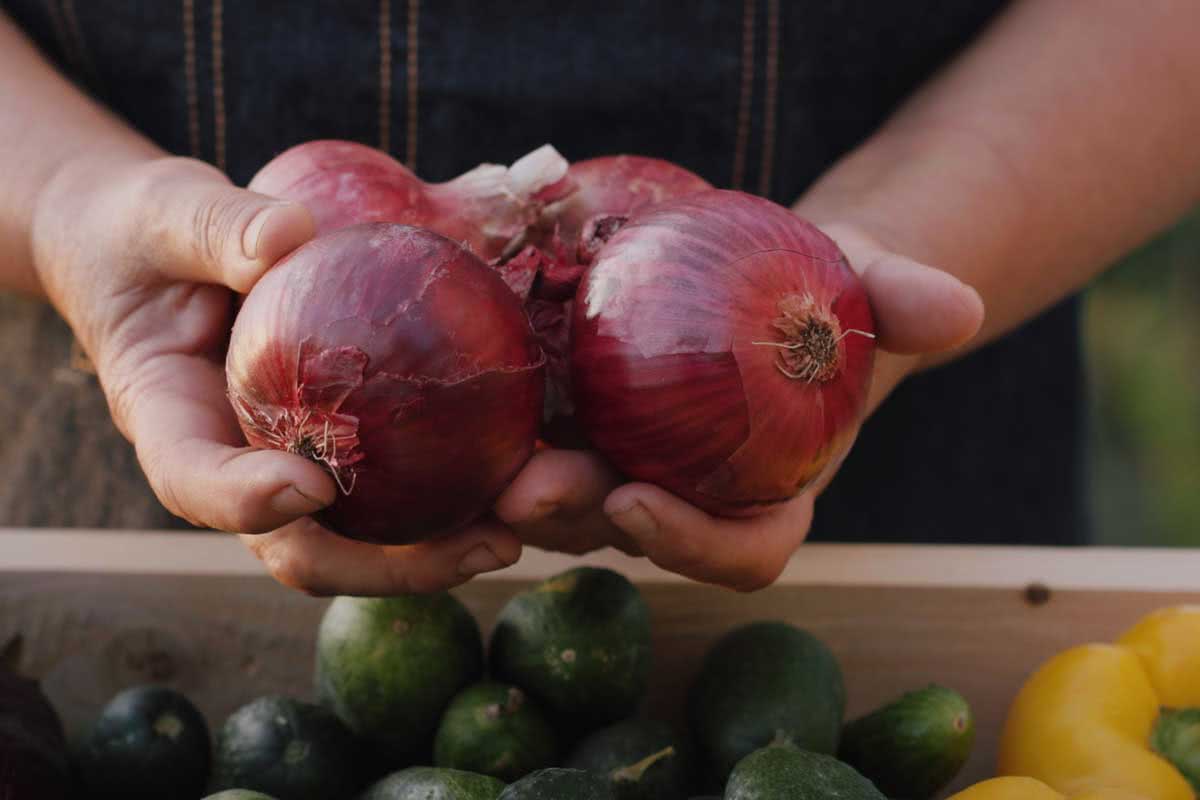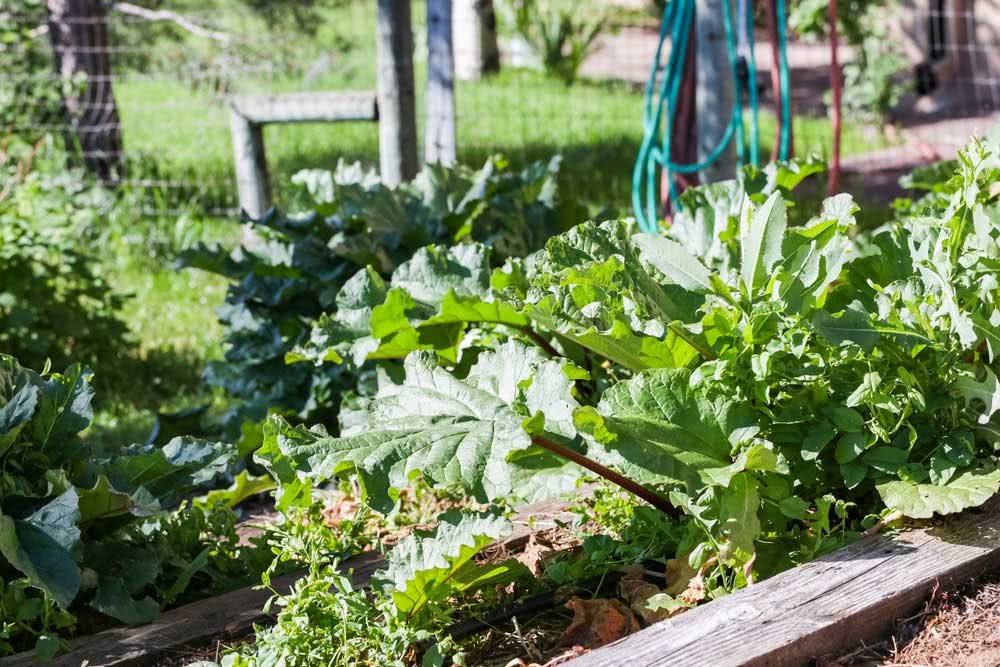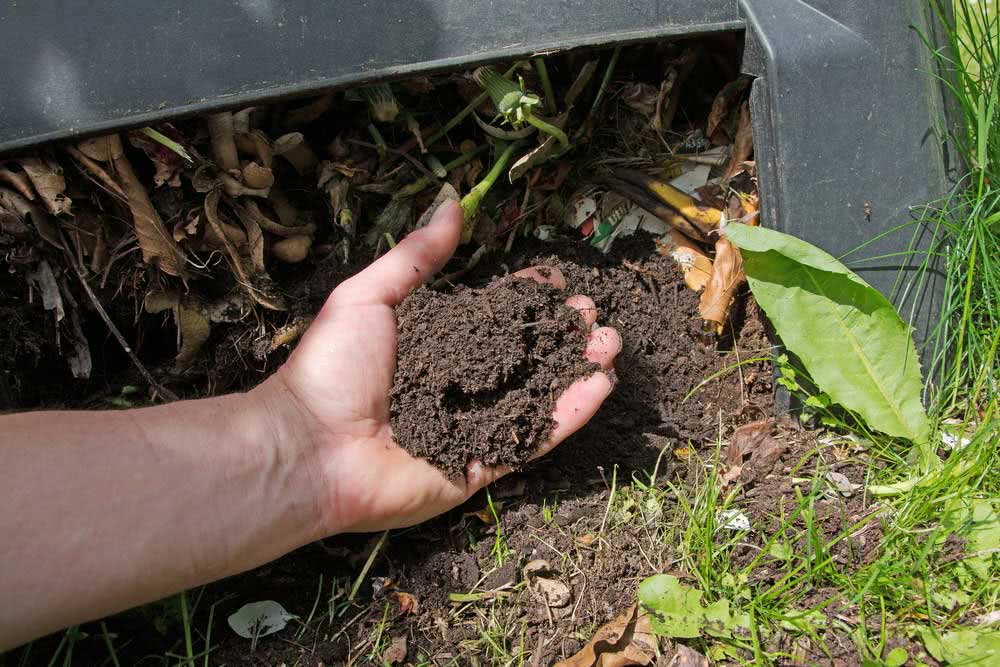Every year a plantation area equivalent to Mexico is harvested and thrown away! Yes, every year about 931 million tons of food end up in the trash.
And you, what does this have to do with it? A lot of things! As a consumer, your role in changing this sad reality is fundamental.
So, without wasting time, let’s find out what each of us can do to avoid wasting food.
Food waste in Brazil and worldwide
In all, 25% of the land on our planet is used for planting and growing food, whether of vegetable or animal origin.
The problem is that only 1/3 of that production is actually consumed. The rest will end up in the trash.
But how does it happen? According to data from the United Nations Agency (FAO), about 54% of food waste occurs during the harvest and handling phase.
The rest, 46%, is wasted in the stages of storage, transportation and consumption.
In Brazil, these data change a little. About 10% of waste occurs in the field, 30% occurs in the storage and distribution phase, while 50% is wasted in transportation. Consumers are responsible for 10% of the total wasted food.
According to the Report of the Food Waste Index 2021, produced by the UN, each inhabitant of the planet wastes, on average, about 74 kg of food per year.
And don’t think that all this waste only happens in rich countries. On the contrary. This is a worldwide phenomenon that affects so many developed countries, as Europeans, even those where hunger is a chronic reality, as it happens in Africa.
Just to give you an idea, countries like Rwanda and Nigeria annually waste an average of 164 and 189 kilos of food, respectively, per inhabitant. In contrast, countries like the Netherlands and Belgium waste the equivalent of 50 kilos of food per person.
In Brazil, food waste is around 60 kilos per person per year.
The tragic effect of food waste
Social impact
690 million people worldwide are hungry or are in a situation of food insecurity. This is what the report reveals The State of Food and Nutritional Insecurity in the World, published by the UN in 2019.
In Brazil, these numbers are also impressive. Currently, about 19 million people live in a situation of food insecurity.
Contradictorily, a huge number of foods are being thrown in the trash. What’s wrong, then?
The lack of public policies capable of correctly distributing food and preventing waste contributes significantly to the permanence of this situation.
Here in Brazil, for example, every day restaurants, snack bars and supermarkets throw tons of food in the trash because they simply cannot make donations to those in need.
Unfortunately, the reason for this is an Anvisa regulation that provides for punishment for the owners of establishments if the consumption of these foods causes poisoning in those who receive the donation.
To try to change this reality a little, many NGOs focused on fighting hunger look in restaurants and supermarkets for food that is still in consumption condition, but for aesthetic reasons, it is often not offered to consumers, like a tomato a little mashed or a cabbage with torn leaves.
In developed countries, like France, for example, the scenario begins to change. There, restaurants and supermarkets are prohibited from discarding food under penalty of fine and even detention.
Another good example to be copied is in Denmark. The European country is very much ahead in the fight against waste and recently created sales points (at low cost) of food that are out of date, but that can still be safely consumed.
Environmental impact
Any food to be produced and distributed consumes natural resources. Starting with the soil, which suffers from burnings to open pastures and monoculture areas, such as soybeans.
Also included in this list are the deforestation of forest areas, the consumption of water, electricity, fossil fuels, not to mention the use of pesticides and pesticides that, in addition to contaminating the soil, are harmful to health.
Global warming is also directly related to waste. Food thrown in the trash every year produces about 3.3 billion tonnes of carbon dioxide.
Economic impact
The financial loss caused by food waste is enormous, reaching over 750 billion dollars in losses every year.
The biggest economic problem with food waste is related to the law of supply and demand. The greater the offer, the lower the price and vice versa. Therefore, the more food is thrown away, the more expensive it becomes. And who pays that bill? You, at the supermarket.
According to data from the Akatu Institute, a Brazilian family spends an average of R $ 478 per month on food purchases. Of these, 20% or R $ 90 could be saved (or better used) if there was not so much waste.
How to avoid food waste

There is no way to passively accept all this data and pretend that nothing is happening.
We are not here telling you to wear a superhero costume and save the world from hunger or the threat of overheating.
The tip is to create awareness and responsibility about this problem that affects everyone, to a greater or lesser extent.
So, here are some simple tips that can be put into practice today in your routine.
It is your attitude, plus the attitude of your neighbor, your brother, father, uncles and friends, that has the power to transform the world.
So, write it down:
Plan your purchases

To avoid waste and save a little money, start to get into the habit of planning your grocery and market purchases.
The best way to do this is to make a menu. It can be monthly or weekly, you define. But do this experiment.
You will even realize that even your diet will be healthier. Buy only the ingredients needed to make the programmed recipes. Do not take a kilo of tomatoes home, for example, if you will only need to use two.
Consumption order
When you get home with your shopping, organize the pantry and the refrigerator. Foods that were purchased first should be ahead of those that have just arrived.
One more tip: before going to the supermarket or the fair, pay a visit to your pantry and see what you already have at home so you don’t have to buy again.
Prefer local producers

Whenever possible, prefer to buy fruits, vegetables and vegetables from local producers. In addition to being a healthier practice for your family, since most of these foods are grown organically, you still collaborate with the local economy and encourage family farming.
Local production is also more pleasant to the environment, as it does not depend on a transport network designed for distribution. After all, the less time in transport, the more conserved the food is and the less likely it is to go to waste.
Be creative in recipes

Innovate in the kitchen! Do this by reusing parts of food that would go to waste, such as stalks, peels and seeds. There are countless recipes on the internet teaching how to make this use. Voilà!
Plant your food

Believe me, even if you live in an apartment, you can plant many things, from herbs and spices, to vegetables and small fruits. Try it.
Have a songwriter

Anything that you are unable to reuse can go to the composter. This attitude prevents leftover food from generating toxic gases in dumps and landfills.
The compost pans are super easy to care for and maintain, do not emit smells, nor attract rodents and flies. It costs nothing, right?
Support attitudes against waste
Take a political stand on this cause. You don’t have to raise flags and go to the street (unless you want to). But it is possible to have a political position against waste with simple attitudes.
One of them is supporting companies and store chains that have social projects that have a positive impact against waste. You can also do your part by collecting effective and efficient measures from municipal, state and federal authorities.
Finally, be an example! Show the people with whom you live the importance of practicing these small and powerful acts of generosity.
Consider vegetarianism

The production of meat for human consumption is one of the most damaging to the environment. It is responsible for burning, deforestation and greenhouse gas emissions, in addition to requiring a high consumption of water and energy for production. Not to mention here the ethical dilemma involved in meat consumption.
Another problem is the large area required for the cultivation of animals for consumption. If that same area were destined for the cultivation of plant species, it would be possible to feed, proportionally, 25 times more people. Each kilo of beef steak produced is equivalent to a production of 25 kilos of vegetable foods, such as wheat or corn, for example.
Therefore, organizations like the UN have already made it clear that vegetarianism and veganism are the dietary models of the future, since the planet will not be able to feed the entire population at the current growth rate with a diet based on animal products.
So, where are you going to start?



